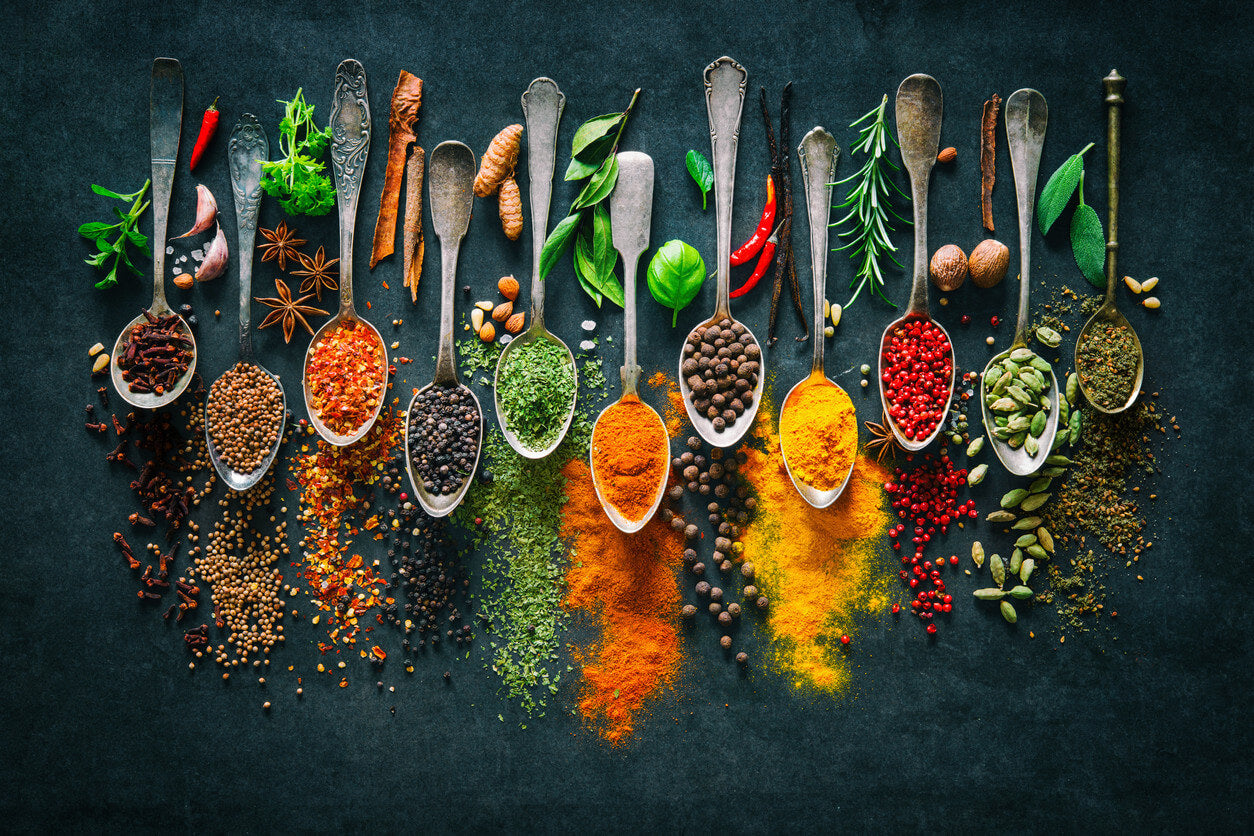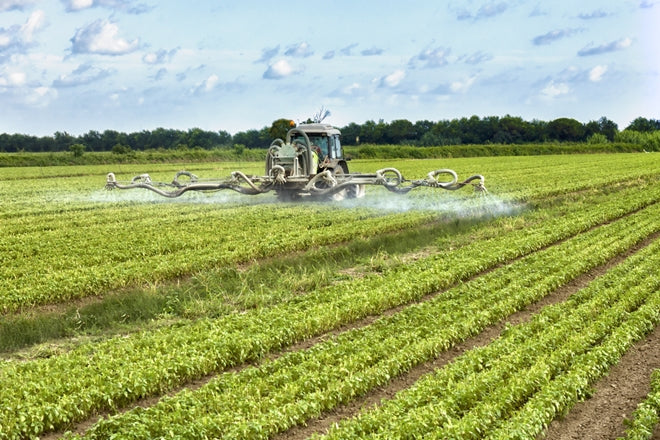Are you tired of being tired? Are you frustrated with the hassle of trying to read every ingredient list in the grocery store or before purchase? Are you ready to embrace the incredible energy and powerful nutrients from a raw food diet? Ever wonder if there's any way to make the transition with improved flavors that are as healthy as non-GMO fruits and veggies themselves?
If you've been asking these questions and more, we're happy to be here to help you. And yes, there are excellent herb choices to add to your raw food diet to keep your tastebuds happy and your body healthy too. Let's go over some of the best herbs for the raw food diet and why you should include them or grow them yourself.
What's the Difference Between Herbs and Spices?
The use of herbs and spices in our diets can be traced as far back as prehistoric times and was often used as a form of currency in trade. These seasonings have also long been used as well for medicinal properties and as preservatives in food storage. Many spices have been used for thousands of years in preservation as they have been found to have antimicrobial properties that thwart the growth of bacteria. We probably use herbs and spices every day, but what is the difference? The terms herbs and spices are often used interchangeably. They are two very distinct types of seasonings made from different sections of plants and are processed in entirely different ways. So what distinguished an herb from a spice? Herbs are dried plants, specifically the leaves, flowers, and stems of a plant. Spices are also created from plants, but spices are any part of a plant, including the roots, seeds, fruit, or bark, but never the leaves. Leaves are considered herbs. For example, basil is an herb. We mostly add either fresh or dried aromatic basil leaves to our food. Meanwhile, cinnamon, whether powdered or whole, is a spice as it can be made from the bark of a few different trees, seeds or bark, flowers, and roots of plants that have been crushed.Which Herbs are the Healthiest, Best Herbs for the Raw Food Diet?
Turmeric
Turmeric, with the botanical name of Curcuma longa, is a perennial plant with its underground stem (called a rhizome) that is harvested for culinary spices and medicine. It is primarily cultivated in India and is a popular addition to many dishes from South Asia and the Middle East in dried, powdered form and gives curry powder and mustards their intense, bright yellow color. It has also played a significant role in traditional Indian Ayurvedic medicine for more than 4,000 years. Turmeric is a rich source of curcumin, but what is curcumin, and why is it important? Curcumin is a natural phytochemical (a bioactive nutrient plant chemical found in fruits, vegetables, grains, and other plant foods that can provide many desirable health benefits) and is one of the most studied phytochemicals to date. Many health benefits are currently being discovered as well as studied by science involving turmeric and its compounds. Just a few of them are:- Potentially Protective Against Alzheimer's Disease. Studies suggest that curcumin appears to both prevent the formation of and encourage the breakup of the rogue proteins that form between the brain's nerve cells and impair their communication. Research is still mixed.(1)
- Curcumin could potentially benefit the brain in broader ways, such as improving or reducing neurodegenerative diseases like dementia, Huntington's, multiple sclerosis, and Parkinson's, and possibly decreasing major depression and anxiety symptoms.
- Curcumin may benefit our gut microbiota by promoting a healthier microbiome in positive ways, such as protection from inflammation. Chronic system inflammation and oxidative stress are underlying factors in a host of severe diseases, including heart disease and diabetes. Turmeric may help lower the risk or even be preventative toward these conditions.(2)
Other Top Herb Additions to your Raw Food Diet
Additionally, several other herbs add to your diet that you may not know their surprisingly healthy benefits. Try adding:- Capsaicin. Naturally found in all chili peppers such as jalapenos, habaneros, and shishito peppers. Capsaicin can help lower blood pressure, decrease post-meal blood sugar levels, and increase the feeling of fullness in adults. However, if you suffer from IBS (Irritable Bowel Syndrome), you may want to avoid capsaicin.
- Oregano. Not only does this herb taste fantastic in many dishes, but it is also rich in antioxidants. A study conducted in 2021 revealed that oregano oil appears to have antifungal and antibiofilm properties and is effective against Candida—a type of fungal infection caused by yeast on the skin and inside the body, in places like the mouth, throat, gut, and vagina. If left untreated or it escapes immune system suppression, Candidiasis can enter deep into the body, such as the bloodstream and internal organs like the kidney, heart, or brain.(3)
- Cilantro. Cilantro, also known as Coriander, is often a love-it-or-hate-it sort of flavor. Cilantro has antifungal benefits, is a heavy metal chelator, is an herbal source of vitamin K, may reduce pain and inflammation, but a Study in 2019 suggests it may also be a potential anticonvulsant medicine.(4)
- Peppermint, one of the most popular and well-known herbs used as a flavoring element. Native to Europe and Asia. In these world regions, peppermint has also been used for its cooling effects, antibacterial properties, and digestive health.







